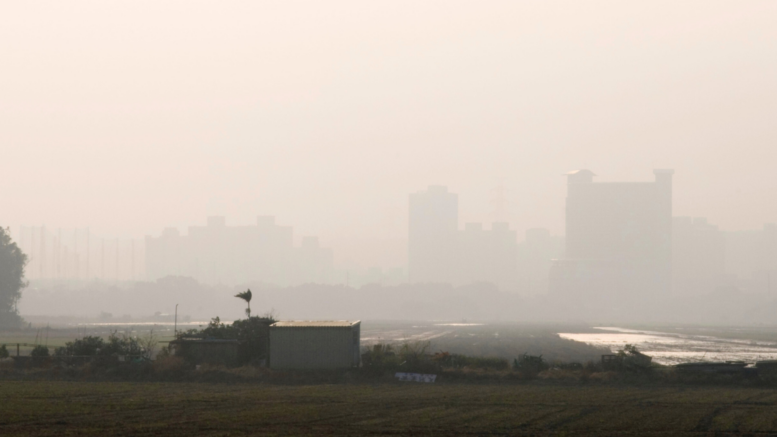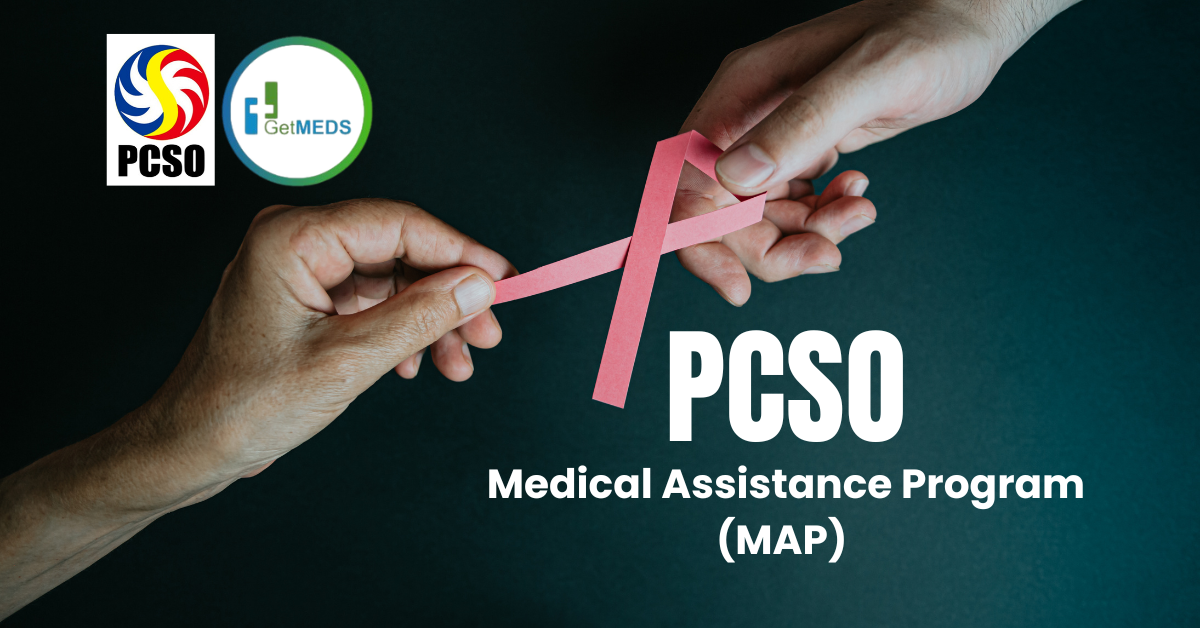Lung cancer is one of the leading causes of cancer-related death in the Philippines alongside breast cancer and liver cancer. It was reported that a total number of 190,000 new cases of the three mentioned cancer types were detected in Filipinos in 2022, with the Philippines even being recognized as having the highest number of cancer-induced mortality in Southeast Asia, according to an article published in the JCO Global Oncology journal.
The most common cause of this health condition is smoking, hence the reason why smokers are at most risk of contracting this disease. The longer a person has been smoking in their life, the greater the risk of having lung cancer.
However, this may also be the case for secondhand smokers or people who get to inhale the smoke from the tobacco through a smoker since often being surrounded by smokers may increase the chances of them developing the medical condition as well.
In fact, contemporary research states that even individuals who never smoked before or weren’t frequently in the presence of those who did can still be susceptible to having this disease as a result of critical levels of air pollution, which smoking is partly responsible for because of the chemical compositions that get released to the air.
Surge of Lung Cancer Among Non-smokers
The International Agency for Research on Cancer recently published a study in The Lancet Respiratory Medicine discussing how air pollution is now a rising source of lung cancer and that adenocarcinoma (cancer in the glandular tissue) is the observed type of lung cancer in non-smokers while small-cell lung cancer in non-smokers is the least pervasive.
The press release indicates that exposure to air pollution is among the key contributors of the evolving risk profile of lung cancer incidence, which also calls forth the need to improve emission reduction management plans, especially in places that are heavily affected by it.
In the Philippines, Dr. Denky Shoji Dela Rosa, a medical oncologist, shared that there’s a 15 to 30 percent chance that a non-smoker may develop lung cancer later in their life. She further adds that since this incident is commonly unheard of in the first place — wherein someone who has never smoked gets diagnosed with the disease — doctors may often point to tuberculosis in the presence of symptoms, or sometimes even when a mass is seen during an X-ray.
Lung cancer in non-smoker Asian women is particularly prevalent based on recent studies. Environmental factors such as regularly being in the same vicinity as a smoker and in places that have high air pollution levels can damage lung tissue and lead to the growth of cancerous cells. However, the lung cancer non-smoker survival rate is still relatively high compared to those who smoke despite stage 4 lung cancer in non-smokers also predominantly seen in most cases.
How Can Air Pollution Contribute to Lung Cancer?
Air pollution contains harmful chemicals that play a big role in the increased risk of lung cancer in non-smokers. Small particles are capable of entering deep inside the lungs, aggravating and inflaming the respiratory tract, leading to its damage.
The World Health Organization (WHO) names chemicals found in air pollution that are included in the cause of lung cancer in non-smokers and other health concerns. They are:
- Particulate matter (PM): These particles are composed of sulphate, nitrates, ammonia, sodium chloride, black carbon, mineral dust or water. It can penetrate the lungs and be absorbed into the bloodstream, potentially causing respiratory complications as well as cardiovascular issues.
- Carbon monoxide (CO): Usually a result of partial burning of carbon-based fuels and motor vehicles, being exposed to carbon monoxide can give rise to experiencing uncomfortable symptoms such as impaired breathing, fatigue, and dizziness. Further, prolonged exposure to this gas can cause death.
- Ground-level ozone (O3): Recognized as a major element of smog, or smoke fog, exposure to this gas can trigger breathing problems and asthma, not to mention lung complications and lung diseases.
- Nitrogen dioxide (NO2): A type of gas that is reddish-brown in color and is a strong oxidant. It can easily dissolve in water and is usually emitted through equipment used for cooking like gas stoves and ovens, as well as furnaces and fireplaces. Being exposed to this chemical may subject you to having irritated airways and worsen existing respiratory problems.
- Sulfur dioxide (SO2): This water soluble and colourless gas that is typically produced by fossil fuels can prompt multiple health issues concerning the respiratory system, like bronchitis, asthma, and serious lung diseases.
Long-term exposure to these chemicals heightens the possibility of being stricken with the disease. Especially in the case of children, the WHO reports that 27% of children’s death under the age of 5 years old is caused by environmental determinants — air pollution, specifically — and that its harmful effects can impact even unborn infants through the exposure of their mothers.
What are the Main Sources of Air Pollution in the Philippines?
In a developing country like the Philippines that has several urbanized cities, the presence of dangerous levels of air pollution is not uncommon. In addition to that, the blend of excessive heat, relentless sunlight, and little airflow produces smoke fog (smog) that doesn’t help with neutralizing the adverse outcomes of toxic air.
The main sources of air pollution in the Philippines comes in the form of the following:
- Exhaust from vehicles, particularly jeepneys
- Industrial facilities and power plants that thrive on the power of coal
- The practice of slash-and-burn or kaingin (deforestation and burning of vegetation to make way for new crops)
- Using fireworks
Even household pollution that involves cooking with wood, coal, and kerosene are one of the causal factors of air pollution.
What are the Symptoms of Lung Cancer in Non-smokers?
There’s a huge chance that lung cancer non-smoker symptoms may not show itself during its early stages. Most individuals who have never smoked before but developed the medical condition are declared to have contracted the disease later on in their life, usually when the cancer has already spread in the body.
Symptoms are the same as the symptoms smokers experience with the disease. It entails the following signs:
- Wheezing
- Hoarseness
- Fatigue
- Difficulties in swallowing and breathing
- Feeling discomfort or pain in the chest
- Persistent cough that worsens over time
- Coughing up blood
- Losing appetite
- Weight loss with no known cause
- Swelling in the face and neck
- Frequent contraction of lung infections, as well as pneumonia
How Can Non-smokers Know If They Have Lung Cancer?
Unfortunately, due to how lung cancer in non-smokers doesn’t show signs in its early stages, it’s often hard to determine whether someone who has never smoked has the mentioned health issue or not. Routine screenings are not recommended in general because of how the cons outweighs the pros of doing the procedure.
Hence, it’s essential to be vigilant to detect this disease while it’s still manageable. Knowing your family’s medical history can be a great help in deciphering if you too are susceptible to having the disease. The same goes if your everyday life involves being exposed to air pollution or smoke from tobacco because of the people you interact with on a usual basis.
How Can Non-smokers Lessen the Chances of Having Lung Cancer?
There are multiple ways that can be done in order to decrease the likelihood of developing lung cancer in non-smokers. Among the types of lung cancer in non-smokers, it’s said that adenocarcinoma should be looked out for the most.
Healthy lifestyle choices
By eating nutritious food like vegetables and fruits, as well as keeping your diet low in processed sugar, the chances of having the medical condition can lessen and minimize the risk of getting cancer overall. Aside from that, being physically active and maintaining a healthy weight is also a significant step to ensure that your body will always be in a good state.
Staying away from smoking and secondhand smoking
The best thing you can do to avoid falling ill with this disease is to never smoke tobacco products (cigarettes, e-cigarettes, hookahs, cigars, and smokeless tobacco like dip, snuff, snus, and chewing tobacco), and to avoid being exposed to the smoke that those who do to prevent secondhand smoking.
Lung cancer is only one of the several health issues you may develop upon the use of tobacco products, such as complications related to heart and lung disease.
In Summary
The cases of lung cancer being detected in non-smokers have been escalating in recent years, with polluted air identified as among its primary causes. A study published in February 2025 stated that the link between lung cancer and air pollution is evident, with its victims usually being these individuals who have never smoked a cigarette in their life.
This raises questions like how many people get lung cancer from air pollution alone and why is lung cancer increasing in non-smokers, as the possibility of someone being diagnosed with lung cancer but not a smoker or not being in the presence of someone who did is high. Not to mention that lung cancer in non-smoking females is becoming widespread as well.
As gas emissions from vehicles, industrial facilities, and cooking equipment are the main causes of air pollution in the Philippines, it creates the need to create effective strategies that will solve this problem at hand to not only do something about the ecological state of the country, but to fight against the surging cases of lung cancer caused by air pollution.
Moreover, lung cancer in non-smokers acquire adenocarcinoma to be precise and often only contract the disease later on in life when it has already spread. This puts them in a disadvantaged position since early detection is deemed unlikely because of misdiagnosis to tuberculosis or ignorance to how the disease can appear in people who do not smoke.
Therefore, the importance of keeping yourself informed about the preventive ways you could do to be lung cancer free is clear. Be well-informed about your family’s medical history, about the preventive measures you can take to keep safe from contracting lung cancer due to air pollution, and healthy lifestyle choices to ensure that your well-being remains in good shape.

 Login/Register
Login/Register











Be the first to comment on "Surging Lung Cancer Cases Among Non-Smokers Linked to Air Pollution"